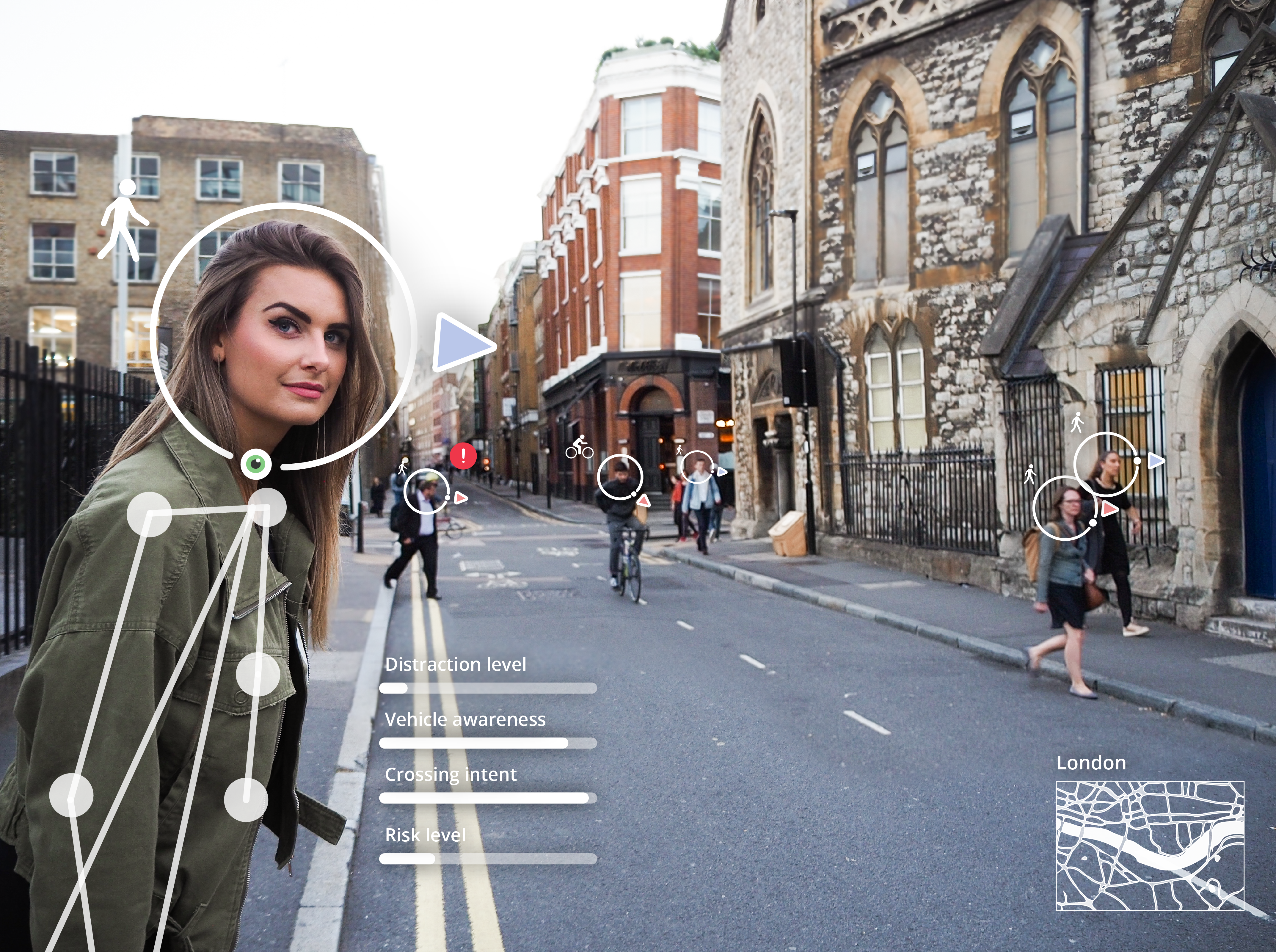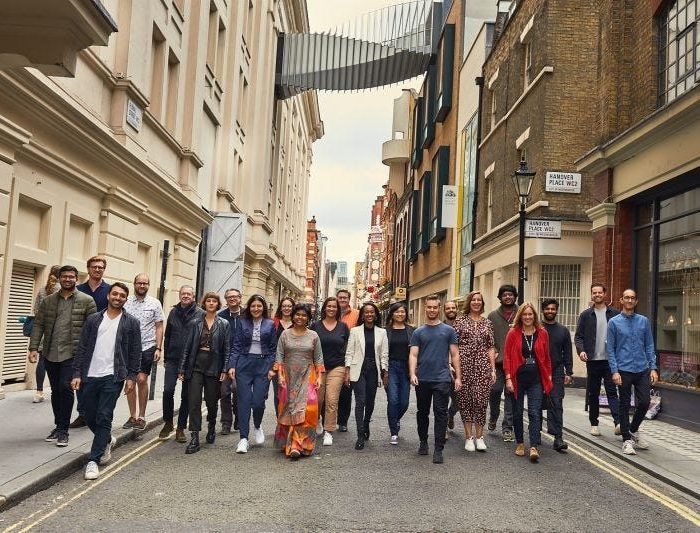Topics:
Humanising Autonomy
The inability to understand and predict complex human behaviour is one of the primary obstacles in the development of automated mobility systems in cities. Since most of the current solutions on the market don’t fully consider the broad range of human behaviour at street level; autonomous vehicles are in effect, less safe around people. This lack of understanding also slows down the technology’s adoption rate and efficiency in navigating urban environments. Humanising Autonomy is ready to tackle this problem head on, and we’re thrilled to share the news of our investment in the company.

Humanising Autonomy improves the safety and efficiency of autonomous mobility systems by understanding and predicting human behaviour – with a focus on urban environments – where unpredictable pedestrian behaviour is the biggest risk. Working in the part of the autonomous vehicle stack called the ‘perception layer’, their human intent recognition and prediction platform understands a comprehensive range of pedestrian behaviours and predicts pedestrian intent, using ubiquitous and easy-to-capture visual camera data. The software integrates with all levels of automation, from autonomous vehicles, to advanced driver assistance systems (‘ADAS’) and aftermarket solutions. They all increase human safety in cities, build public trust and accelerate the adoption rate of autonomous technology.

Human intent prediction for safety, accident reduction and more efficient automated driving is a critical part of every automated urban mobility application. Identifying objects or indicators (and determining those needed to move safely through a crowded environment) is incredibly complex, requiring a diverse range of deep neural networks working in parallel. The software is currently being used in commercial vehicles to increase road user safety, help with regulatory compliance and reach Vision Zero goals. In addition to its obvious utility as a prerequisite to autonomous vehicle distribution, its risk-related applications have wider use cases across logistics, manufacturing, aviation and smart infrastructure.
In theory, autonomous vehicles hold the promise of eliminating the human errors that lead to most traffic deaths (in the United States alone, there were more than 40,000 traffic deaths in 2018; globally, there are more than one million road deaths annually). But if the cars can’t drive predictably, they can’t be widely used. At the moment, if an autonomous vehicle doesn’t know if someone is going to cross the road or not; the car may come to a sudden halt. Or even worse, it may not. This has major safety implications, especially within highly populated areas like cities.
Since the Uber accident in 2018, there has been increased scrutiny of autonomous vehicles’ ability to drive on public roads. This topic has been of significant interest to autonomous mobility developers (as well as the academic community) for some time now, highlighting the importance of solving this difficult problem. Humanising Autonomy has the opportunity to define how automated vehicles will interact with people. They have already been featured in the UK Department for Transport’s Future of Mobility strategy.
We are very happy to have Global Brains and Amplifier investing alongside us and we’re looking forward to working together. We can’t wait to see Maya, Leslie and Raunaq turn the field of human-machine safety and interaction on its head.
Their software can see it coming already.

